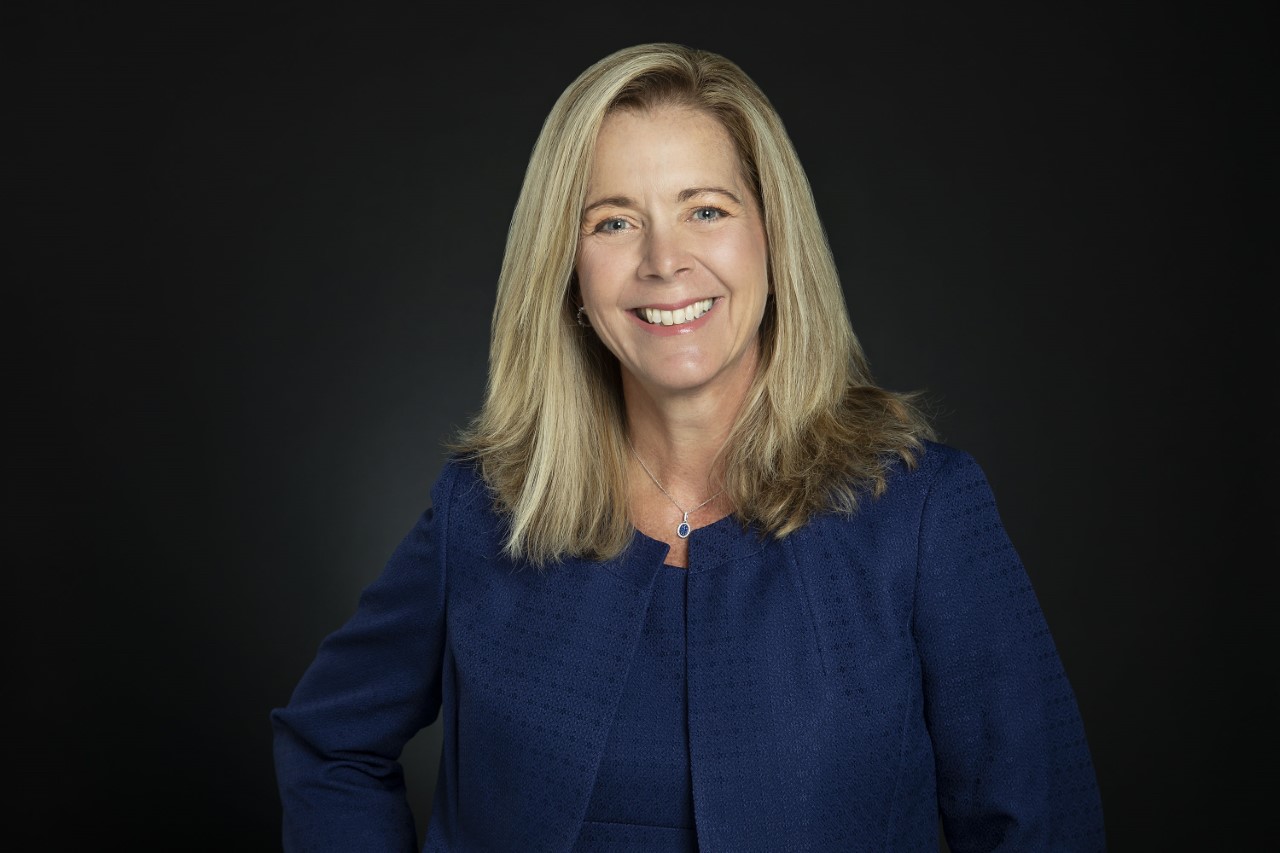
When one school guidance counselor is tasked with charting the future paths of nearly 500 students during any given school year, the odds that students will receive individual attention is low, especially when considering all the other demands the traditional school counselors face on a daily basis. Unfortunately, this is exactly the scenario playing out in Florida public schools, where the current counselor-to-student ratio is 1:475.
Unless a family has the means and impetus to pay for independent, private party, or fee-for-service support — and most students who probably need it the most lack this type of financial support — students can easily get lost in the shuffle.
Focused on supporting Sarasota County Schools’ students, teachers, and schools, the Education Foundation of Sarasota County is a non-profit that works in partnership with the district that it supports. Put simply, the Education Foundation works to ensure that each and every student graduates with purpose and is prepared for life beyond high school.
6 tips for great student success centers
As part of the Education Foundation mission, the Foundation began setting up and managing independent Student Success Centers at area high schools. These centers provide students with personal guidance, advising, and resources to help them prepare for life beyond high school. That way, when students graduate, they’re better positioned for post-secondary pursuits, active career entry, or military service.
With three operational student success centers and an independent community resource center, “LaunchPad4U,” the Education Foundation of Sarasota County works with seven different comprehensive public high schools in Sarasota County. With four successful centers already successfully opened, the Education Foundation always follows these six simple steps when setting up new locations:
- Know your audience. When working with a teenage audience, it’s important to make the space attractive and inviting. It has to be different to spark curiosity.
- Create a space that encourages productivity. True to how teenagers are, you want to give them comfortable seating and a place that they want to stay for a while. The Education Foundation worked to create a hangout or gathering place where students can visit and also be productive. Working with MiEN Company, the design of the centers was comfortable, booth-style seating, and stations where students can plug in their mobile devices. Semi-private areas were also included for more formal gatherings (e.g., a meeting with an admissions officer).
- Choose color schemes wisely. Colors intentionally complimented individual school colors, a unique color scheme thoughtfully designed. This helped to create a certain level of distinction in coming into a center for a session, meeting, or just to hang out.
- Staff it with dedicated workers. The Education Foundation staffs the centers with their own employees who work in concert with the district’s guidance teams. This was done both for the benefit of the district, and for management reasons so that operations of the space could ensure continuity of services. The Education Foundation advisors also work with teachers and go to the students in their classrooms to bring awareness to services and upcoming important deadlines.
- Make sure the hours are flexible. The centers’ doors are open from 7 a.m. to 3 p.m. so that the students can come in at their leisure. There is a lot of peak traffic during lunch periods because that’s when students have the greatest mobility; others come in early or stay after school. The hours flex too based on student demand and availability.
- Seek outside help. The Education Foundation stuck to what they knew and when they needed to, they brought in suitable experts to help. The Education Foundation certainly benefited from the relationship with their architects and the furniture company partner, both of which helped to create excellent student success centers.
Helping students achieve their goals
The Education Foundation is planning to open another center for the upcoming academic year and plans to continue supporting the work of the district’s high school guidance counselors. Ultimately, the goal is to champion students to optimize their fullest potential. Whether they attend a career fair, get an internship, or need help with financial aid, the Education Foundation is here to help them prepare for life beyond high school.
Jennifer Vigne is president and CEO of the Education Foundation of Sarasota County in Florida.









